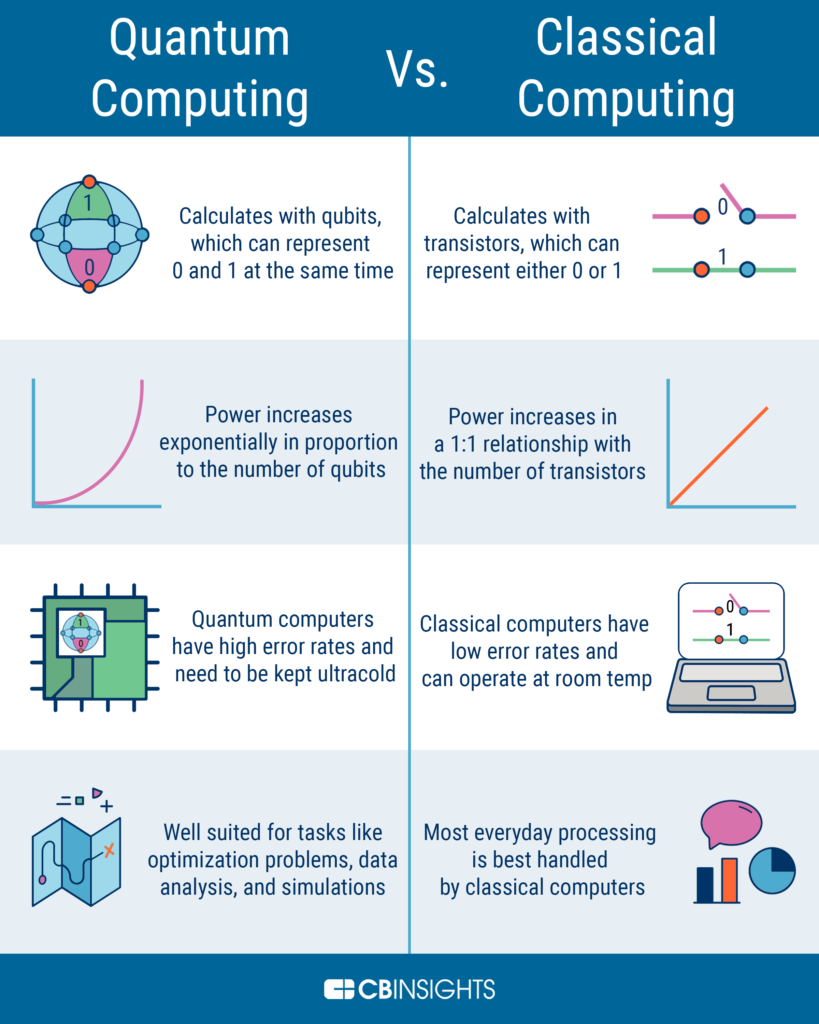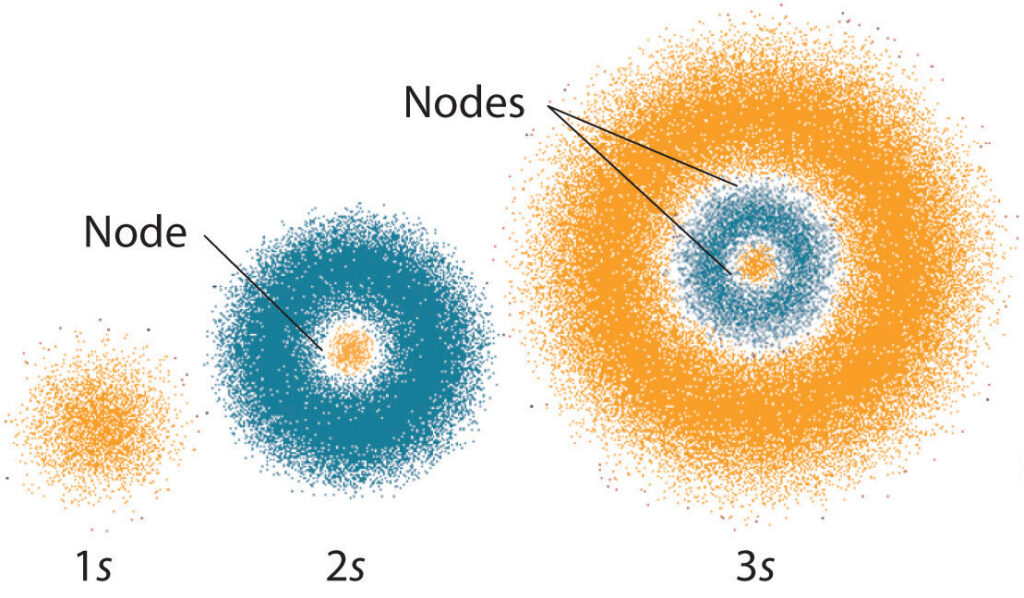Quantum computing is a rapidly evolving field that promises to revolutionize the way we process information and solve complex problems. At the heart of quantum computing lies the concept of quantum gates. But what exactly is a quantum gate, and how does it work?
In the simplest terms, a quantum gate is a fundamental building block of quantum circuits. Just as classical circuits are composed of logic gates, quantum circuits use quantum gates to manipulate and process quantum bits or qubits. However, unlike classical circuits, quantum gates operate on the principles of quantum mechanics, which allows for some truly mind-bending possibilities. In this article, we will explore what quantum gates are, how they work, and their potential applications in the future of computing.

What is a Quantum Gate?
Quantum gates are a type of quantum computing operation that allows for the manipulation of qubits. They are used to control the flow of quantum information and can be used to create quantum algorithms. Quantum gates are the building blocks of quantum computing, and they can be used to create complex quantum circuits. Quantum gates are composed of two parts: the gate operator and the control qubit. The gate operator is a physical operation that acts on the qubit, while the control qubit is used to control the gate operator.
How Quantum Gates Work
A quantum gate is a unitary transformation that acts on a qubit. When applied to a qubit, the quantum gate acts as a switch that can turn the qubit on or off. Quantum gates are used to manipulate the state of qubits, which is necessary for quantum computing operations. In order to understand how quantum gates work, it is important to consider the concept of a quantum circuit. A quantum circuit is a collection of quantum gates that are used to perform operations on qubits.
A quantum gate is composed of two parts: the gate operator and the control qubit. The gate operator is a physical operation that acts on the qubit, while the control qubit is used to control the gate operator. The control qubit determines how the gate operator will act on the qubit. For example, a two-qubit quantum gate may be used to entangle two qubits. In this case, the control qubit will determine whether the two qubits will be entangled or not.
Types of Quantum Gates
There are several different types of quantum gates, each of which has different properties and uses. The most common types of quantum gates are the Hadamard gate, the CNOT gate, and the Toffoli gate. The Hadamard gate is a single-qubit gate that can be used to create superpositions of qubits. The CNOT gate is a two-qubit gate that can be used to entangle two qubits. The Toffoli gate is a three-qubit gate that can be used to create multi-qubit operations.
In addition to these types of quantum gates, there are also more complex gates such as the Tofolli-Fredkin gate and the Grover’s algorithm gate. The Tofolli-Fredkin gate is a four-qubit gate that can be used to create reversible logic operations. The Grover’s algorithm gate is a four-qubit gate that can be used to search for a specific item in a database.
Quantum gates are essential for quantum computing operations and are used to manipulate the state of qubits. They are composed of two parts: the gate operator and the control qubit. Different types of quantum gates have different properties and uses, and they can be used to create complex quantum circuits.
Frequently Asked Questions
Quantum gates are quantum logic gates used in quantum computing. They are used to perform quantum logic operations on qubits, which are the basic elements of quantum computation.
What is a quantum gate?
A quantum gate is a unitary transformation on a quantum state that is used to perform quantum operations. It is a fundamental element of quantum computing, allowing the manipulation of qubits, the basic elements of quantum computation. Quantum gates are used to perform operations such as the Hadamard transformation, the CNOT transformation, the phase shift transformation, and the measurement transformation.
How does a quantum gate work?
A quantum gate works by applying a unitary transformation to a state of qubits. This transformation can be applied to a single qubit or to a set of qubits. A unitary transformation is a mathematical operation that preserves the state of the system, meaning that the operation does not change the properties of the system. The unitary transformation applied to a qubit or set of qubits determines the outcome of the quantum gate operation.
What are the different types of quantum gates?
There are several different types of quantum gates. The most common are the Hadamard transformation, the CNOT transformation, the phase shift transformation, and the measurement transformation. The Hadamard transformation is used to flip the qubit state, while the CNOT transformation is used to control the state of the qubit. The phase shift transformation is used to shift the phase of the qubit, while the measurement transformation is used to measure the state of the qubit.
How do quantum gates interact with qubits?
Quantum gates interact with qubits by applying a unitary transformation to the qubit state. This transformation can be applied to a single qubit or to a set of qubits. By applying the correct unitary transformation to the qubits, the quantum gate can manipulate the state of the qubit, and thus perform the desired operation.
What is the significance of quantum gates?
Quantum gates are essential for quantum computing, as they are used to manipulate the state of qubits. This allows for the construction of complex quantum algorithms that can solve difficult problems, such as factoring large numbers or searching through large databases. As such, quantum gates are essential for the development of quantum computing, and will be instrumental in the future of computing.

Logic Gates Rotate Qubits
In conclusion, a quantum gate is a fundamental component of quantum computing that enables the manipulation of quantum bits or qubits. These gates are the building blocks of quantum circuits, and they allow for the execution of complex quantum algorithms that are impossible to solve with classical computers. As the field of quantum computing continues to expand and evolve, the development of new and more powerful quantum gates is essential for unlocking the full potential of this revolutionary technology.
In the coming years, we can expect to see continued advancements in the field of quantum gates, as researchers work to develop new techniques and materials for building even faster and more efficient qubits. With the potential to revolutionize everything from cryptography and data analysis to drug discovery and materials science, quantum computing is poised to become one of the most transformative technologies of the 21st century. And at the heart of this technology lies the humble quantum gate, a small but essential tool that is paving the way for a new era of computing and discovery.



